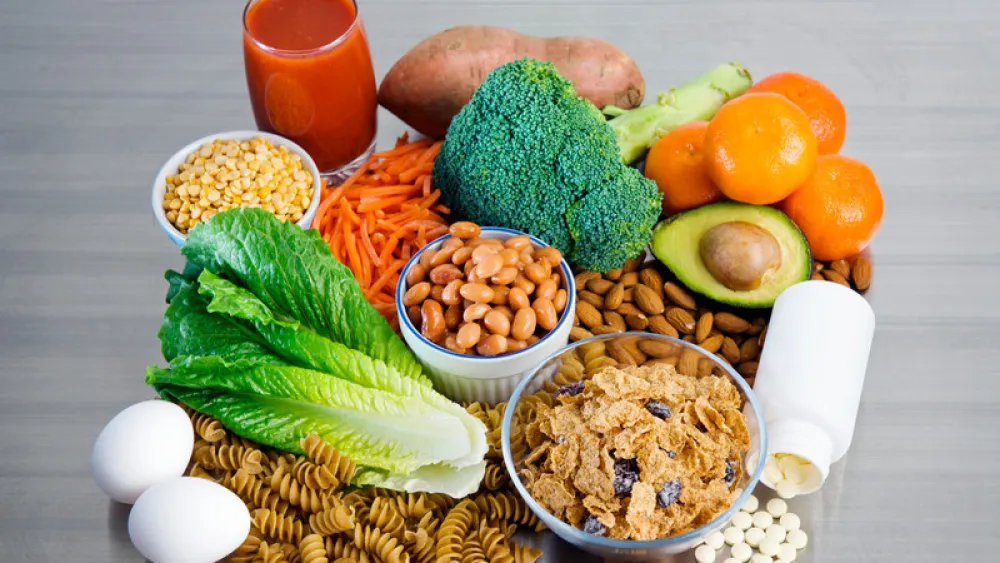




Women's Health
Not Pregnant? Why You Still Need Folic Acid
Published: Jan. 29, 2020

What Is Folic Acid?
Folic acid is a synthetic form of folate, a type of B9 vitamin that occurs naturally in foods such as spinach, asparagus, Brussels sprouts, beans, peas, citrus fruits and – yum – beef liver. Folic acid is also found in enriched grains – including cereal, bread, flour, rice and pasta.
Why Is Folic Acid Important?
Folic acid is essential for fetal growth of the neural tube – the structure that develops into the brain and spinal cord. In pregnancy, the neural tube forms and closes four to six weeks after conception. Neural tube defects (NTDs), such a spina bifida and anencephaly, occur when the neural tube fails to close. In the United States, 3,000 pregnancies are affected by NTDs each year, and Hispanic women have higher rates of NTDs than other women.
 So why do women who aren’t trying to get pregnant need to worry about folic acid? Because almost half of pregnancies in the U.S. are unplanned, and many women don’t find out they’re pregnant until after development of the neural tube is complete – too late for the proper amount of folic acid to help.
So why do women who aren’t trying to get pregnant need to worry about folic acid? Because almost half of pregnancies in the U.S. are unplanned, and many women don’t find out they’re pregnant until after development of the neural tube is complete – too late for the proper amount of folic acid to help.
The government implemented mandatory folic acid fortification of enriched grains in 1998 in an attempt decrease the number of babies born with NTDs. A study by the Centers for Disease Control and Prevention (CDC) found that mandatory fortification has resulted in about 1,300 babies born healthy each year. But many women of reproductive age are still not getting the recommended amount of folic acid each day.
How Can I Get Enough Folic Acid?
To get enough folic acid, eating a varied diet of folate-rich and fortified foods is a good start but not always enough – especially if you’d rather take a pass on beef liver. And women on ketogenic and low-carb diets need to be extra mindful of their folate intake since they’re not eating as many fortified foods. A 2018 study found that women on restricted carbohydrate diets were 30% more likely give birth to babies with NTDs.
If you’re a woman of reproductive age, the easiest way to ensure that you’re getting your recommended 400 mcg of folic acid each day is by taking a multivitamin. Most multivitamins come with 100% of the daily value of folic acid, but always check labels.
Prenatal vitamins also contain the necessary amount of folic acid, so begin taking them immediately if you’re trying to get pregnant, and continue taking them for the duration of your pregnancy. Only 34% of women take prenatal or multivitamins before they know they’re pregnant, which means they risk missing the window where folic acid benefits their baby’s development.
What Else Should I Know?
If you have more questions about folic acid, talk to your provider. Women with diabetes and those on certain medications may need higher daily doses of folic acid and should also consult their provider. Despite progress since mandated fortification, an additional 700 babies a year can be protected if women add a folic acid supplement to their diets. So grab that bottle of multivitamins, and tell a friend about folic acid, too. You can help another baby be born healthy.
More Resources
- Learn more about midwifery at Methodist.
- Read more about the right nutrition for a healthy baby.


